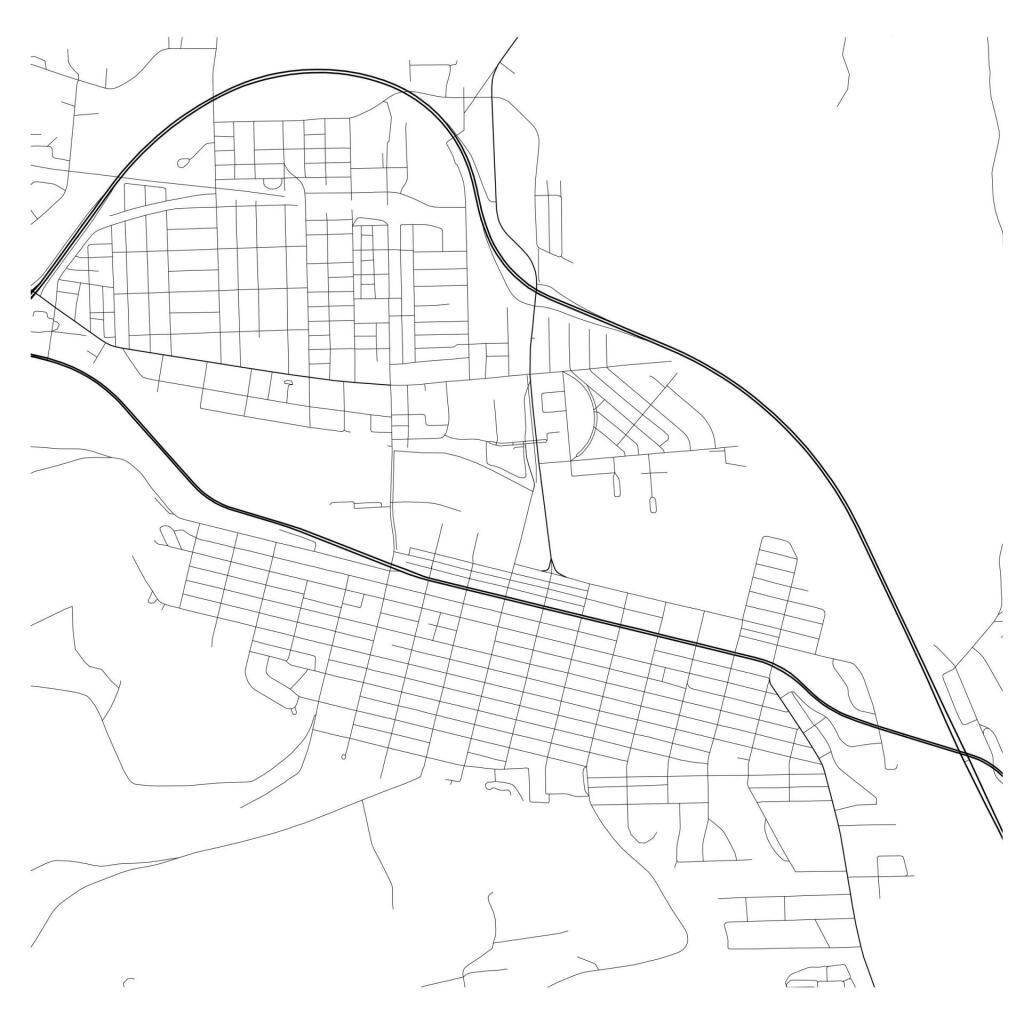Urban Life
New York State – Slavery in 1790 Census
New York State was one of the last states in the northeast to eliminate slavery. You can see slave counts from the 1790 Census, and the density of slavery in the state during that year. Learn more about the history of slavery in New York State: https://en.m.wikipedia.org/wiki/History_of_slavery_in_New_York_(state)
Major East-West US Highways
An unspoken thing is the many people in our society who are winners with mass-shootings.
1) Television Stations – Nothing gets people watching more television then parents grieving over dead children. More viewers means more advertising revenue. People who feel sad are more likely to go out and buy things to be happy. Billions of dollars in marketing possibilities.
2) Police Officers – Over-time means they take home more money. Moreover, they are able to get make the case to the public that they deserve the latest equipment and toys, and that they should be allowed to expand their forces and obtain higher wages and enhanced pension benefits.
3) Retired Police Officers – Many school districts and public places like malls are hiring retired law enforcement as security consultants.
4) District Attorneys – D.A. are able to make their case for re-election by showing they are taking steps to be tough on crime, they are given opportunities to speak and raise their public profile, which helps as they seek higher office with more power and increased pay.
5) Politicians – Politicians have the ability to champion new laws that can play to their base. They can push gun control or take a tough on crime posture, even if their proposals are either meaningless or even harmful to law abiding citizens.
6) Security/Defense Contractors – While mass-shootings are an extremely rare, very low-risk event, businesses, governments, and schools feel public pressure to invest billions in completely needless upgrades to “harden” buildings from attacks.
7) School Employees – Even school employees benefit from mass-shootings, as it’s an excuse to take taxpayer-funded junkets to learn about the how they can improve safety at their school. Who doesn’t mind spending a few hours in a lecture hall to discuss grim topics with consultants if it’s taxpayer-financed junket to Las Vegas or the Atlantic City (with meals and lodging paid for at taxpayer expense)?
Census-designated Urban Areas in New York State (2010)
- 87.8 percent of New York's population lives in urban areas
- 8.7 percent of New York's landmass is urban areas as of 2010
For the 2010 Census, an urban area will comprise a densely settled core of census tracts and/or census blocks that meet minimum population density requirements, along with adjacent territory containing non-residential urban land uses as well as territory with low population density included to link outlying densely settled territory with the densely settled core. To qualify as an urban area, the territory identified according to criteria must encompass at least 2,500 people, at least 1,500 of which reside outside institutional group quarters.
The Census Bureau identifies two types of urban areas:
Urbanized Areas (UAs) of 50,000 or more people;
Urban Clusters (UCs) of at least 2,500 and less than 50,000 people.
“Rural” encompasses all population, housing, and territory not included within an urban area.
2020 Urban - Rural areas will be released December 2022.
Cook Steak And Potatoes On Your Car Engine!
Smoking
Cities aren’t the same nowadays when cars don’t regularly backfire on streets, and buses and trucks don’t bletch out black smoke.
It’s only been 10 years since they switched over low-sulfur diesel on buses and trucks to dramatically reduce the black smoke, and era of streets filled with old cars running carburetor engines out of tune is only 15 years or so ago.
Then again, I’m too young to remember when most city buildings were covered with thick black soot from the smoking engines.
